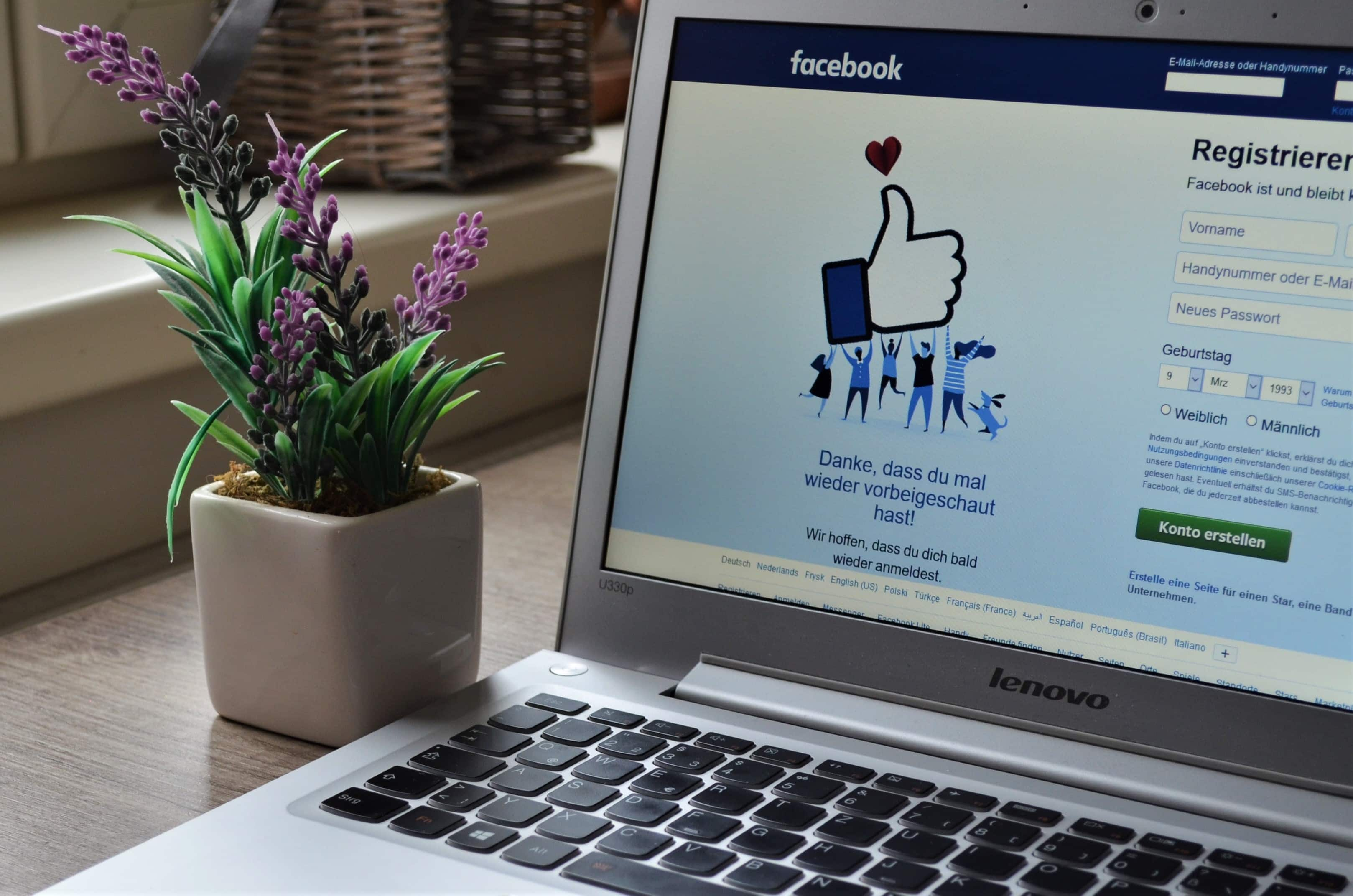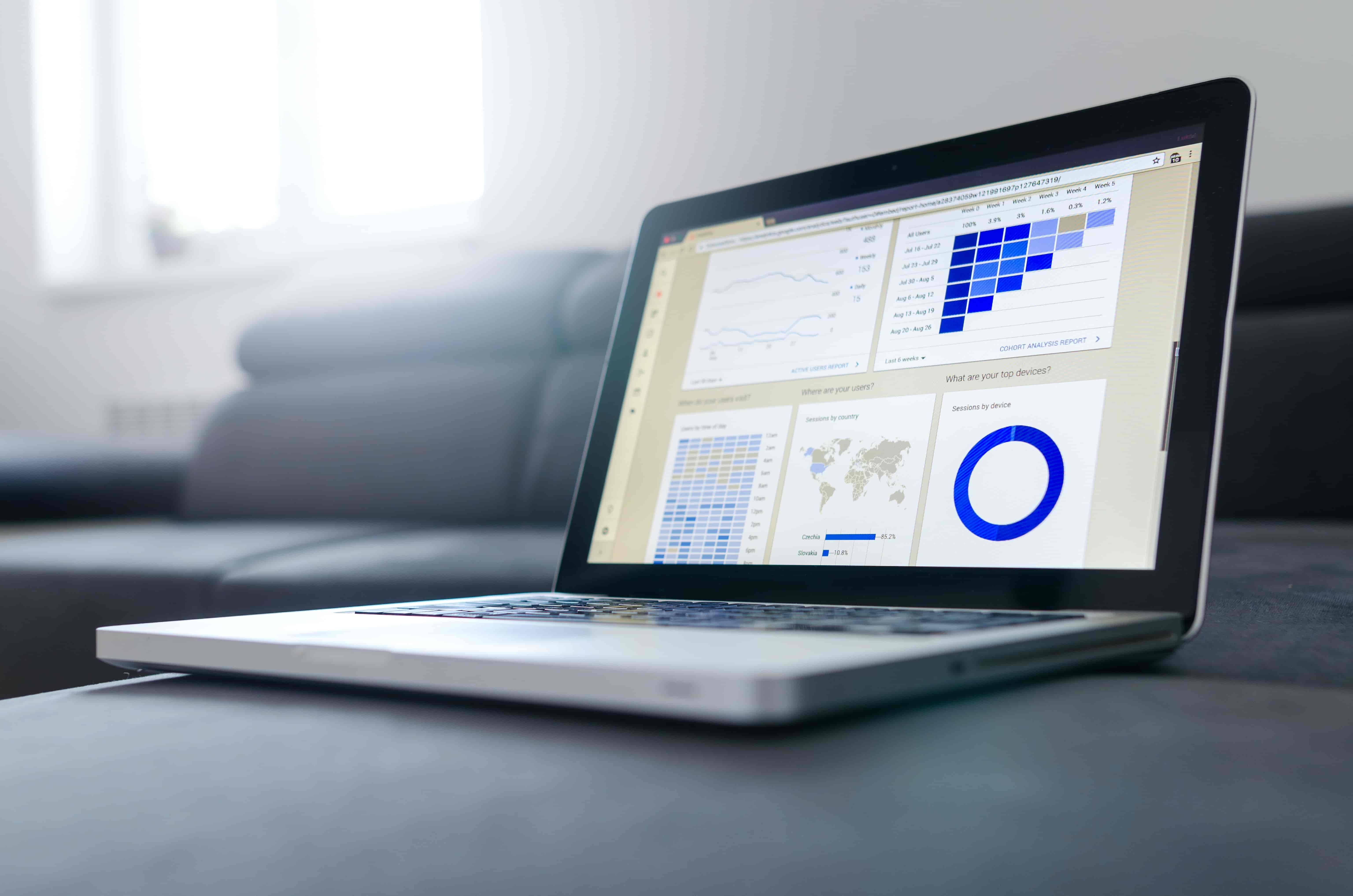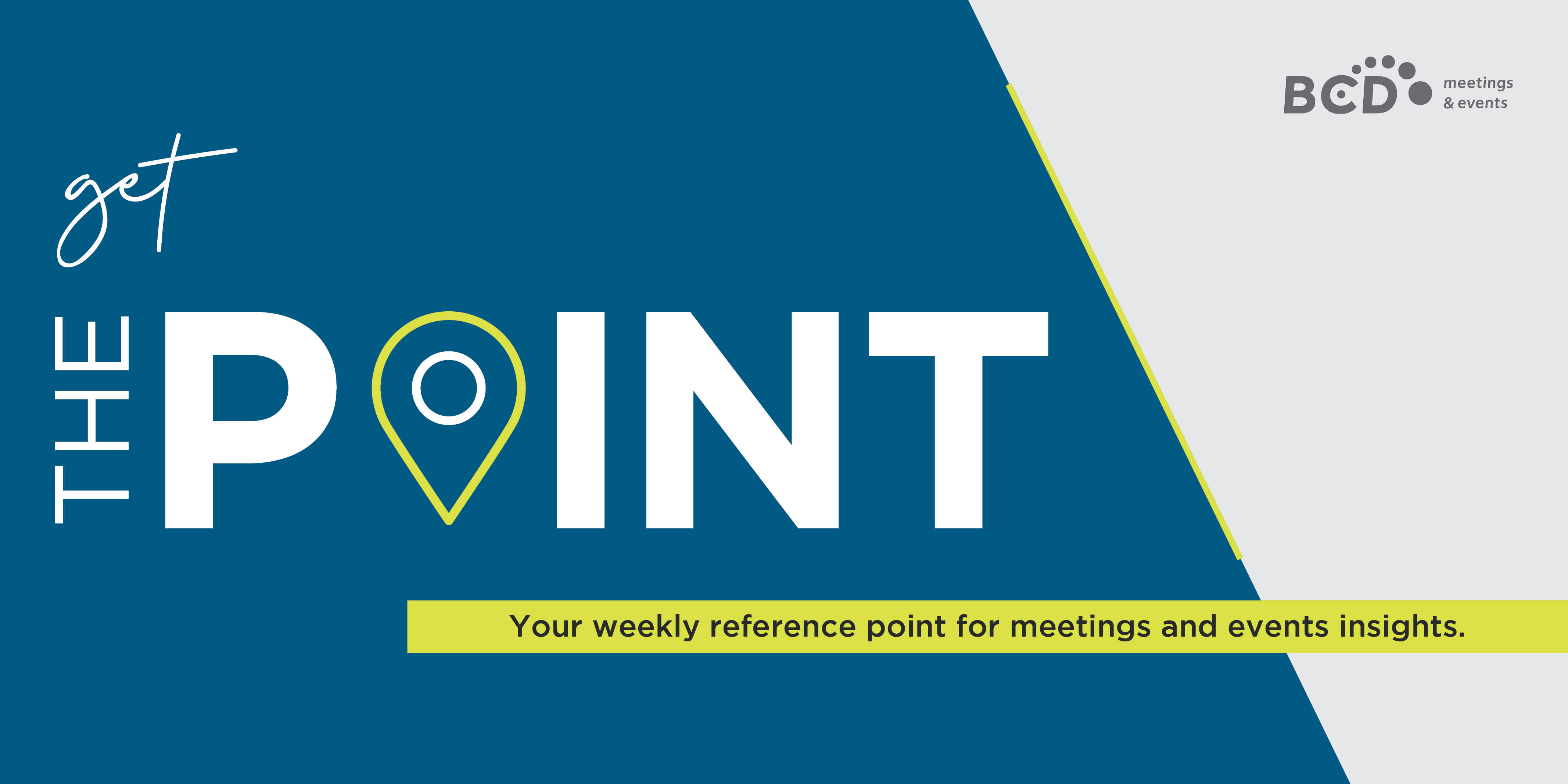During the last decade, the widespread availability of internet-enabled mobile devices has resulted in a massive expansion of social media platforms.
Today, approximately 1,000 Tweets and 1,150 Instagram photos are uploaded every second. Users are constantly posting about products, services, brand experiences, movies they see, events they attend, and news they hear. These opinions are expressed as tweets, likes, Facebook statuses, comments, and emojis. Within a matter of minutes, good and bad news can spread like wildfire and reach audiences around the globe.
Businesses should not ignore this wealth of information during day-to-day operations or throughout corporate events. However, manually keeping track of every mention and interaction is impossible. This is where sentiment analysis can help.
Opinion mining and sentiment analysis
What is Sentiment Analysis?
Sentiment Analysis (sometimes also called Opinion Mining) is an entire field of research within Artificial Intelligence (AI). Its aim is to understand emotional responses using textual data extracted from social media platforms.
It sounds complicated, but basically, it’s a system that monitors customer needs related to a business’s products. It does this by providing an indicator for the tone of comments where the product is mentioned across the various social media platforms.
These are often presented to the businesses in some form of a dashboard.
What does it do?
Sentiment analysis not only focuses on identifying whether a piece of text is either positive, neutral, or negative but can also try to detect:
- Feelings and emotions
- Happiness, stress, excitement, sadness, anger, and so on.
- Stressed, angry, sad, and tense are all negative feelings, but they all will convey a different message about a brand.
- Intentions
- Understanding whether a customer is interested in the brand or not can assist the business in identifying promoters and detractors.
- Promoters are customers who refer/influence other users to a brand.
- In contrast, detractors are unhappy customers who portray the business negatively, which might have a huge impact.
- Urgency
- If the message is urgent or not. Specific alerts can be set up to bring certain issues or comments to the attention of a support team.
Related article: Meeting and Event Technology Trends to Try Today
The Challenges
Sentiment analysis is a handy tool that is creating great opportunities for businesses. However, although research in this area of AI is progressing at breakneck speeds, it is still in its infancy and should be used with care.
Sentiment analysis is a tremendously difficult task, even for humans. It is estimated that people only agree around 60-65% of the time when determining the sentiment of a particular text.
Sentiment analysis is easily confused with the way people express their emotions. On social media platforms, the writing is often informal; sentences can be incomplete and may contain expressions used by specific demographics.
People often ignore the correct use of punctuation marks which can completely change the meaning of an opinion. Spelling mistakes are common. And when comments are analyzed out of context, their polarity (positive, negative, or neutral) can change.
Here are some examples:
- “Absolutely Nothing” – Looking at this comment out of context, we cannot say if it is positive or negative. As an answer to the following questions it conveys two completely different messages
- “What did you like about this event?”
- “What can we do better next time?”
- A missing exclamation mark that may express sarcasm can change the polarity.
- Misspelling a word completely or incorrect auto-corrects: “their” vs. “there” or “quiet” vs. “quite” may modify the perceived sentiment by the AI system.
- “Kill” typically expresses anger, but it can express enjoyment and excitement when used as “you are killing it.”
Social Listening, Sentiment Analysis and events
While it might be a while before sentiment analysis is advanced enough to automatically monitor attendees’ feelings towards an event, Social Listening is an important tool event profs have at their disposal now.
Social listening allows brands to manually monitor sentiment before, during, and after an event has taken place. Findings can help build engagement, report on the event, and deliver year-on-year improvements.
- Find the right tool
- A quick Google search for ‘social listening tools’ brings up a plethora of options. Find a tool that works for your team’s budget and that covers the social channels you are present on.
- Before the event
- It is important to start monitoring brand mentions and sentiment in the weeks and months leading up to your event. This will give you a baseline to monitor your event against.
- Prior to your event, keep an eye out for when people start to mention your event. Often they will share what they are looking forward to the most. This is a great opportunity to get involved in conversations and build excitement.
- During the event
- Make sure a team member is using your tool to look out for mentions of your event on social media. You will be able to engage with people in real-time, answer questions, and add to the general ‘buzz’.
- After the event
- Use the data provided by your social listening tool to analyze the general sentiment of your event attendees. What sections received the best engagement? Did multiple people highlight frustrations about the same thing? Could this be improved upon in the future?
Three things to know
- Sentiment Analysis can be used alongside or, in the future, may possibly replace questionnaires. Allowing brands to hear the ‘Voice Of the Customer’ (VOC).
- Sentiment context is important and can lead to false negatives or positives. This is an area that is const
antly evolving. - Sentiment Analysis enables analysis of data traditionally not available to organizations such as competitor brand status.
Originally published Jul 4, 2022 11:32:11 AM
Last updated on Dec 22, 2022 3:40:28 PM



